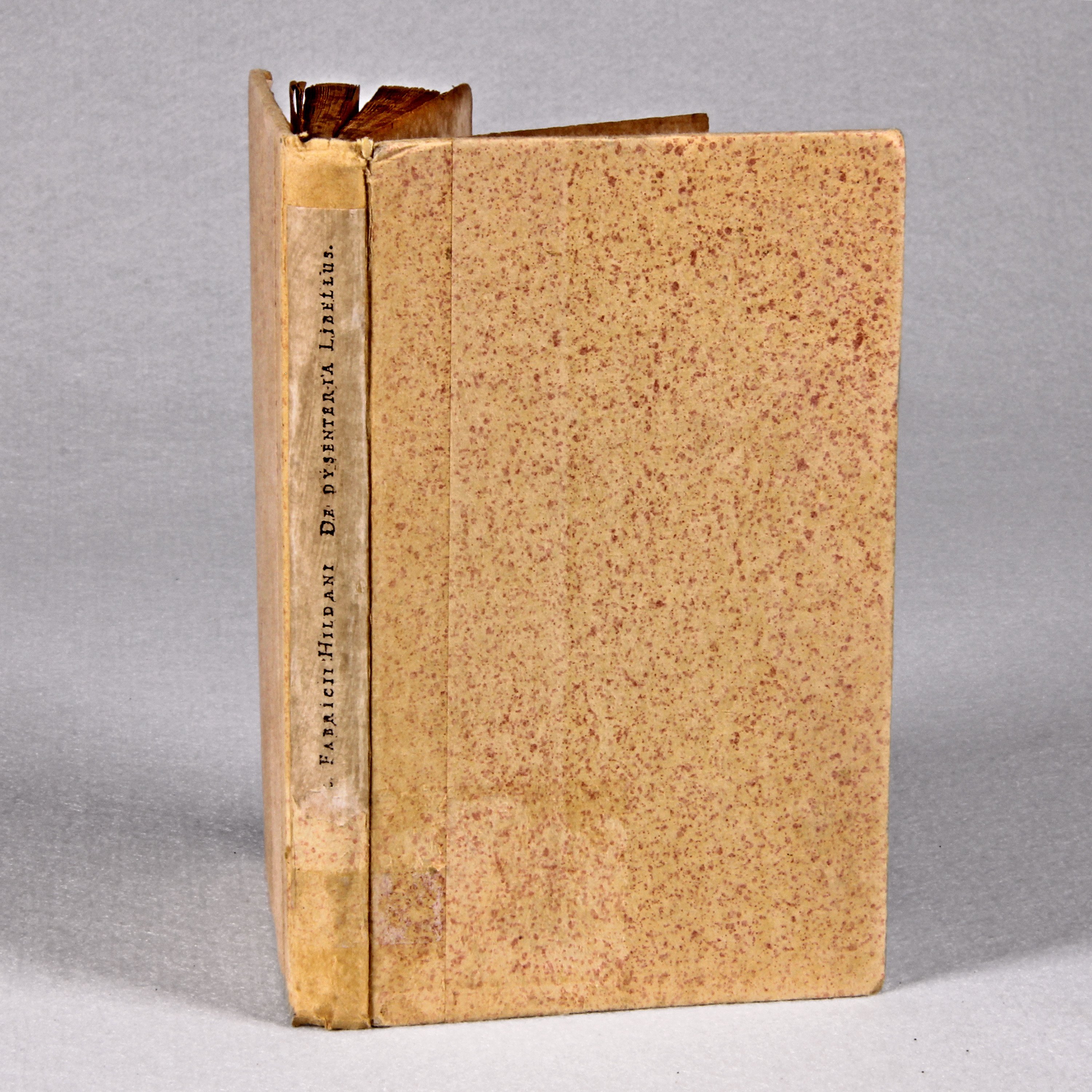Fabrys Abhandlung über die Ruhr erschien 1616 in Oppenheim im Verlag Johann Theodor de Bry. Gedruckt wurde sie von Hieronymus Galler.
Der vollständige lateinische Titel lautet:
Guilhelmi Fabricii Hildani De Dysenteria : Liber unus: In quo hujus Morbi Causae, Signa, Prognostica, & Praeservatio continentur: Item, quomodo Symptomata, quae huic Morbo supervenire solent, sint removenda.
(Über die Ruhr: erstes Buch, in dem die Ursachen, Anzeichen, Prognosen und die Vorbeugung dieser Krankheit enthalten sind. Auch, wie die Symptome, die normalerweise bei dieser Krankheit auftreten, beseitigt werden sollen.)
Die Ausgabe der Sammlung verzeichnet 157 Seiten mit anhängendem Register. Der Buchblock ist mit Rotschnitt versehen. Der ursprüngliche Pergament des Einbands wurde durch einen Kartoneinband ersetzt.
en

